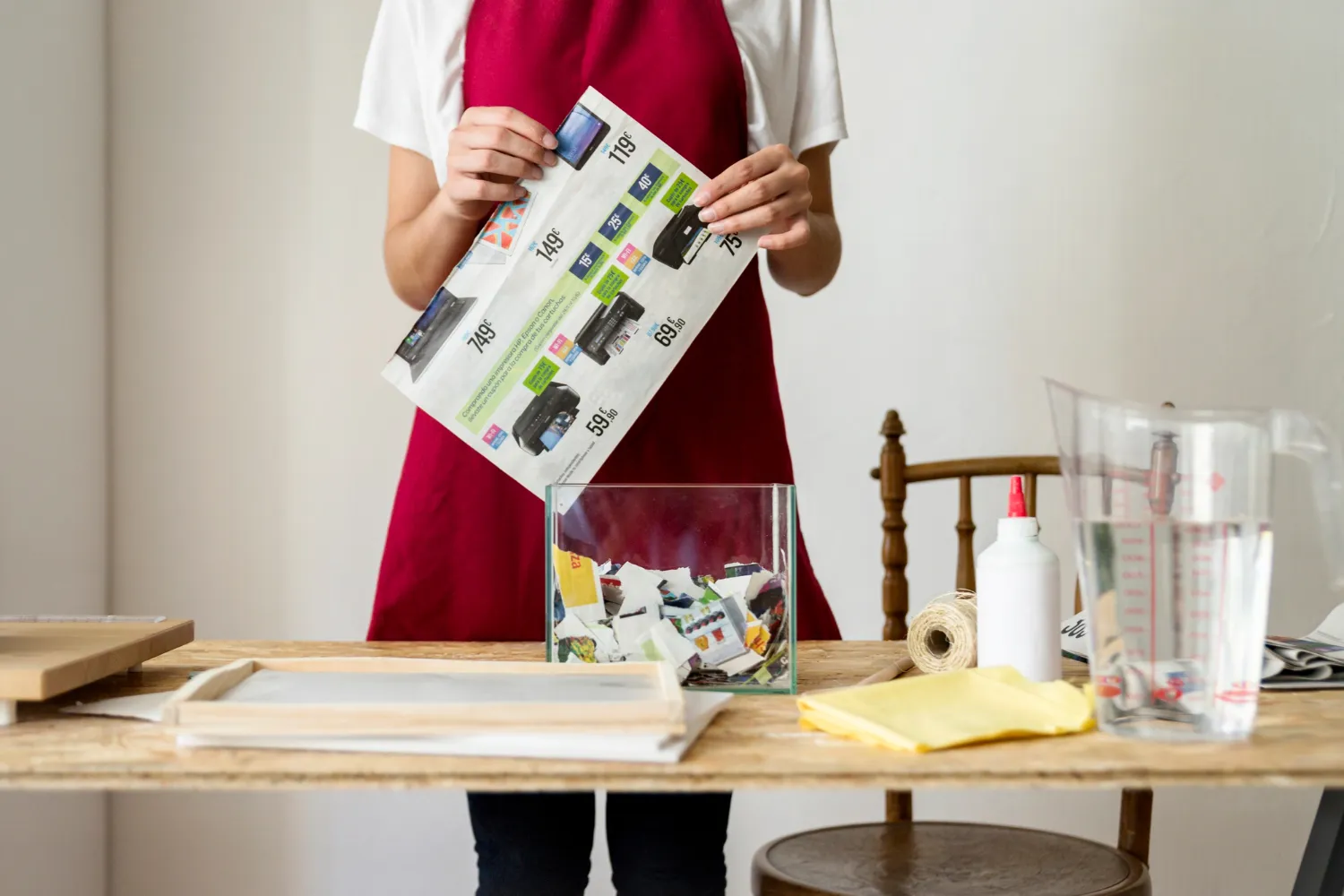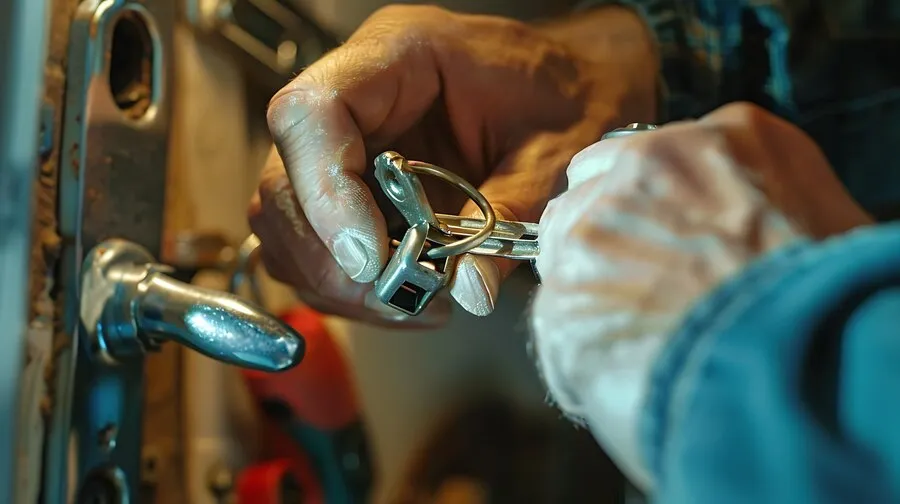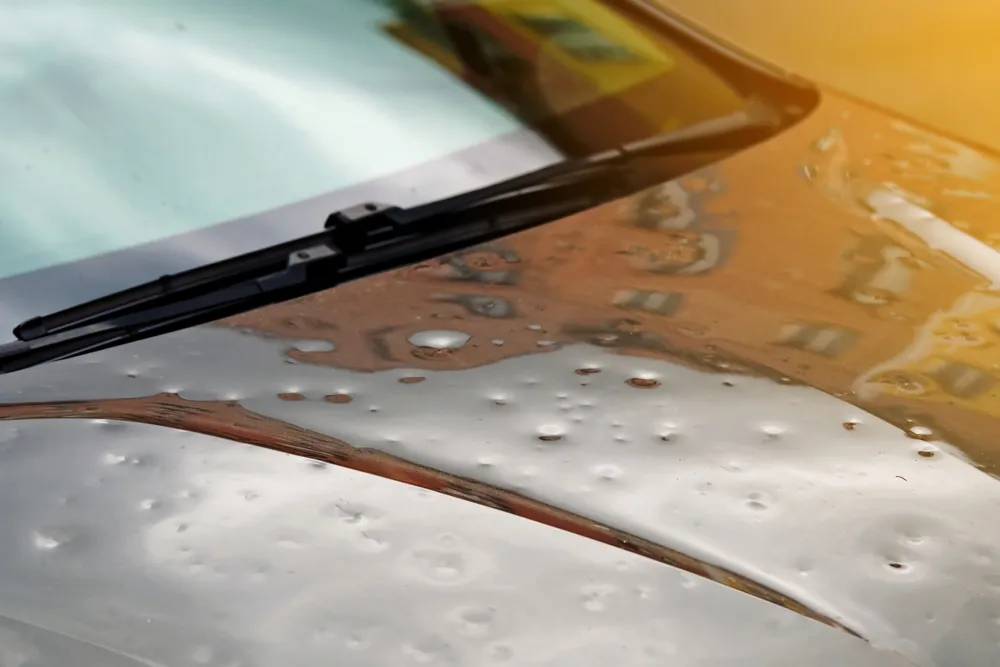Table of Contents
Key Takeaways
- Learn how to structure an engaging brochure.
- Discover design elements that capture attention.
- Understand the importance of clear messaging and targeted distribution.
- Explore data-driven insights on brochure effectiveness.
What Makes a Brochure Effective?
A brochure is more than just a folded piece of paper; it’s a pivotal communication tool in marketing that spreads a brand’s message and values. What sets an effective brochure apart is its ability to capture and hold the interest of its audience through well-crafted design and strategic messaging. It’s about making every element—text to imagery—work together to convey a powerful message without overwhelming the reader.
Understanding your audience is fundamental in crafting a brochure that resonates. According to insights from the Forbes Communications Council, understanding and addressing your target demographic’s specific needs and preferences can significantly enhance the connection they feel to your content. Therefore, an effective brochure not only provides information but also anticipates and addresses the needs and desires of its audience, ensuring that the material is as engaging as it is informative.
Essential Design Elements
The design of a brochure sets the stage for how its content is perceived. It’s not just about being visually attractive—it’s about making design choices that enhance the brochure’s readability and emotional resonance. Utilizing color theory is an effective way to engage readers’ emotions. The process of brochure printing is meticulous, combining creative flair with the science of visual communication. Different colors evoke various feelings; for instance, green often suggests peace and growth, which might be perfect for environmental campaigns.
Text and Imagery
A harmonious balance between text and imagery is vital. Imagery should complement the text and help convey the message more effectively. Quality visuals can attract attention and simplify complex information, making it easier for the reader to absorb and understand. However, whitespace should not be underestimated—it gives elements space to breathe and helps maintain clarity, preventing the page from cluttering.
Crafting a Clear and Concise Message
Increased attention scarcity among readers means delivering a clear message is more crucial than ever. Brochures must offer concise, impactful content that leaves a lasting impression. Abandoning corporate jargon and favoring simple, straightforward language can significantly improve accessibility and understanding, reaching a broader audience. Infographics can be invaluable when dealing with complex or detailed information. These graphical representations simplify data, making it visually appealing and more interpretable.
Powerful Content
The heart of a brochure’s success lies in its ability to communicate swiftly and efficiently. Crafting meaningful and succinct content ensures even fleeting readers grasp the core message. This approach respects the reader’s time and maximizes the potential for engagement and recall.
Also Read: Shop Hockey Neck Guards & Protective Wrist Guards | CCM
Distribution: Reaching Your Target Audience
Creating an outstanding brochure is just half the battle; ensuring it reaches the right audience is the other. Distribution strategies vary considerably, and selecting the right one requires understanding your audience’s habits and preferences. This is where targeted distribution becomes valuable—analyzing where and how your audience consumes information can significantly increase the effectiveness of your brochure.
The Marketing Dive article offers insights into how consumers interact with various media channels. Emphasizing a multi-channel approach allows brochures to reach audiences wherever they are most active, whether through direct mail, online platforms, or physical events. Adapting distribution strategies to fit audience behavior can amplify a brochure’s impact.
Data-Driven Insights on Brochure Usage
Leveraging data analytics provides invaluable insights into how brochures perform. Metrics such as open rates, distribution performance, and reader engagement are crucial for refining brochure effectiveness. By analyzing these data points, organizations can identify which elements resonate most with their audience, enabling them to tailor future materials more precisely. This data-driven approach not only boosts the effectiveness of current brochures but also guides future strategic decisions in marketing campaigns.
One practical example of data utilization is tracking user interaction through unique URLs or QR codes, which can offer concrete evidence of engagement and inform improvements. Additionally, periodic reviews of distribution channels ensure that they align with your audience’s changing habits and preferences. These insights ensure brochures remain aligned with evolving audience preferences, maximizing their marketing potential.
Real-Life Examples of Successful Brochure Campaigns
Real-world success stories demonstrate the powerful impact effective brochures can have. Take, for example, a healthcare brochure campaign to raise patient awareness about preventive care. By utilizing straightforward language and strategic distribution in clinics and community centers, this campaign experienced a substantial increase in patient engagement and participation in health programs, illustrating how effective content and distribution can achieve remarkable results.
Another example is an educational institution that designed a brochure highlighting its innovative curricula and strategically distributed it at career fairs and local high schools. This approach led to a significant spike in enrollment inquiries, showcasing how tailored content coupled with precise targeting can drive concrete outcomes.
Tips for Continual Improvement
Achieving long-term success with brochures involves an ongoing cycle of feedback and adaptation. Collecting feedback—whether through direct survey responses or analytics like QR code scans—provides actionable insights that can guide enhancements and refinements. This feedback loop ensures that brochures evolve alongside changing consumer tastes and market trends, maintaining relevance and effectiveness.
In conclusion, creating an attractive brochure involves more than an eye-catching design. It’s about harmonizing content with visual elements, distributing strategically, and continuously iterating based on performance data. With these best practices, businesses can leverage brochures as potent tools to communicate effectively and leave a lasting impression on their audience. Maintaining a fresh and innovative approach to brochure creation remains crucial for sustained success as the marketing landscape grows.




